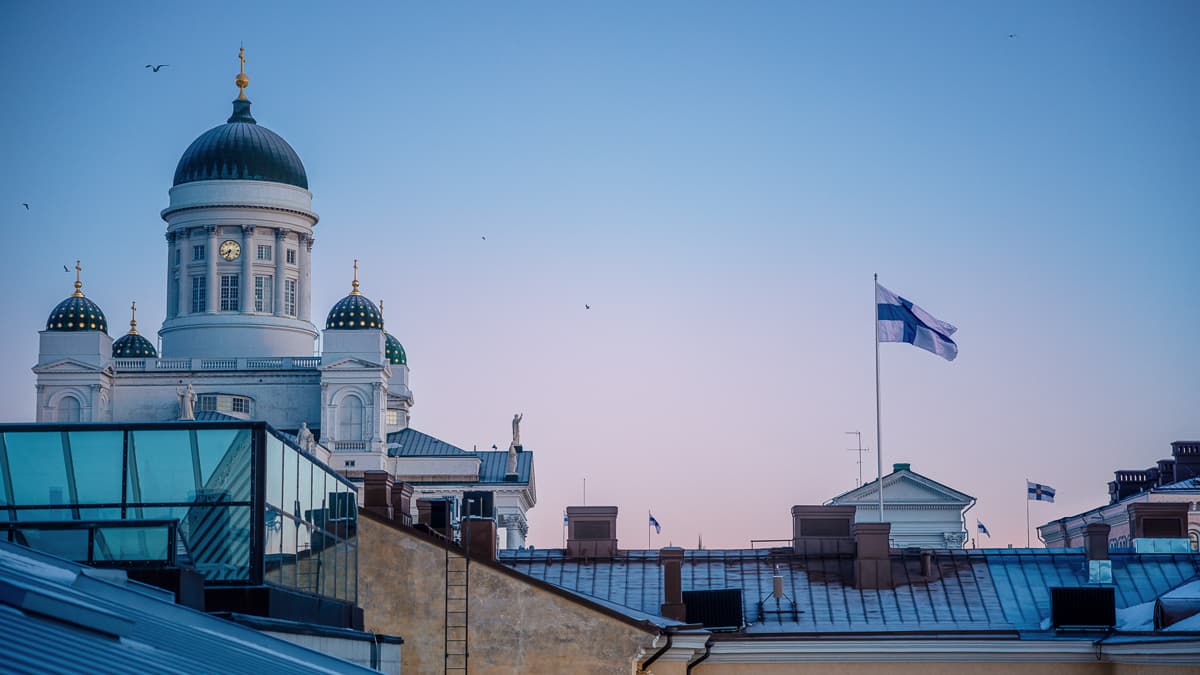Tietoa Suomesta
Information about Finland
31.05.2023
How is the winter in Finland? What are winter tyres and what kind of driving licence do you need? What holidays are celebrated in Finland? Can you vote in elections? On these pages you can find information about Finland.
